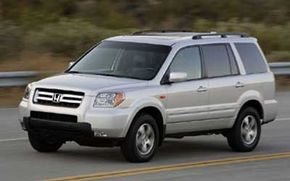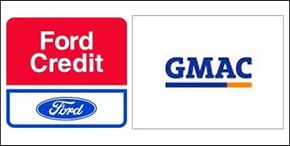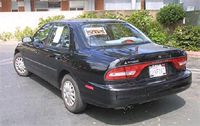Some of the sweetest car lease deals have dried up -- especially since automakers began offering zero-percent and low-rate financing to entice buyers. Even so, leasing remains an attractive alternative to buying a new vehicle for many motorists. Half of all luxury cars are still leased, as are more than 20 percent of vehicles in general.
For most consumers, leasing a new vehicle every two or three years would be more expensive than buying one and keeping it after the final payment. Other consumers are quite content to lease a vehicle they could never afford to buy, even if it doesn't necessarily save money.
Advertisement
Leasing has two principal benefits: (1) You can drive a newer vehicle that is always under warranty and seldom needs more than routine maintenance, and (2) you can often get a larger, more luxurious, better-equipped car. Car dealerships like leasing because the customer-loyalty rate is three times as strong as it is with buyers.
In this article, we'll help you get a better understanding of this alternative to buying, making it easier to decide whether leasing makes sense for you. The topics covered include:
- Should You Buy or Lease a Car?Leasing isn't right for everyone, and there are definite risks involved. We'll help you decide whether you should lease or buy a car. We'll also weigh the pros and cons of leasing and tell you what types of consumers benefit from leasing. Finally, we'll provide a real-life breakdown of the costs of leasing vs. buying a car in terms of purchase price, down payment, monthly payment, and the vehicle's residual value.
- What You Need to Know About Leasing a CarEvaluating a lease is a matter of basic arithmetic. You need to consider factors like your total initial payment (such as your down payment and any extra fees), your monthly payment, the number of months in lease terms, and any possible additional charges at the end of the lease. We'll walk you through the ins and outs of what it means to lease a car and give you shopping tips for finding the best lease.
- How to Negotiate a Car LeaseKeep in mind that when you lease a vehicle, just as when you buy one, its cost is negotiable and based on a variety of factors. The lower the total price, the lower your lease payments will be. We'll help you learn how to negotiate a car lease at the dealership. Before you sign the lease, make sure that you read and understand everything on the page. Learning how to read the fine print will make understanding the terms of the lease less tricky.
- Car-Leasing GlossaryArm yourself with the tools you need to understand leasing before you hit the dealerships. On this page, we'll teach you key car-leasing terms and their definitions so that you can make an informed decision about your lease.
Advertisement






